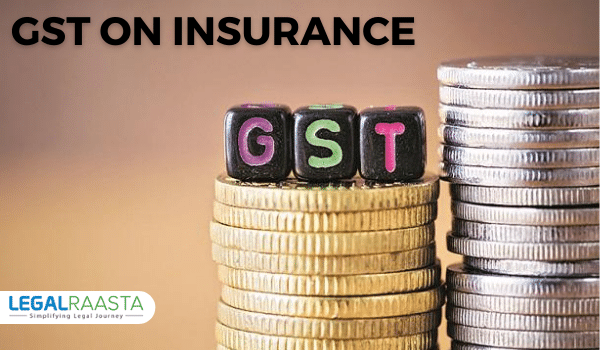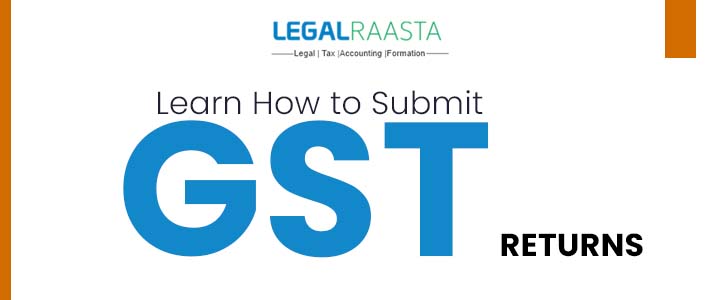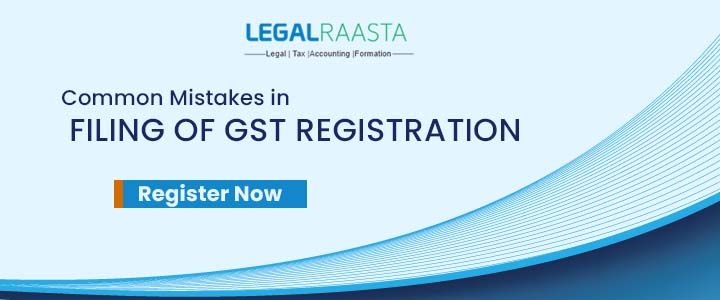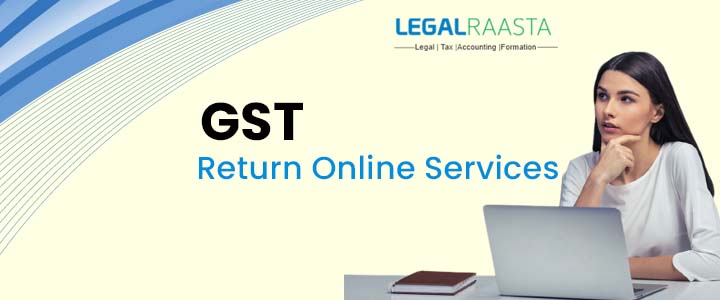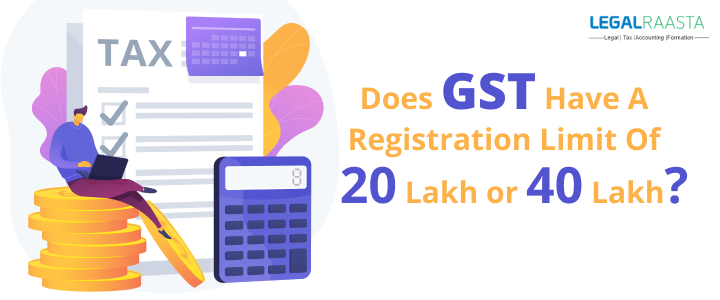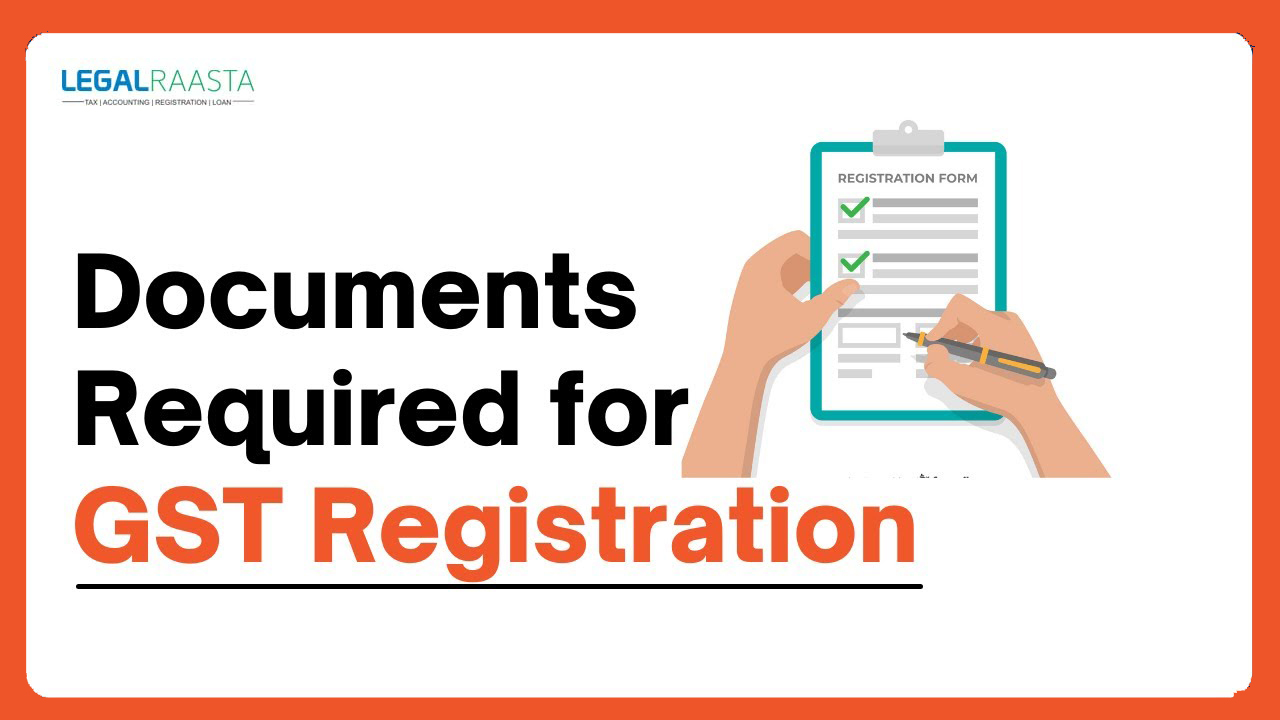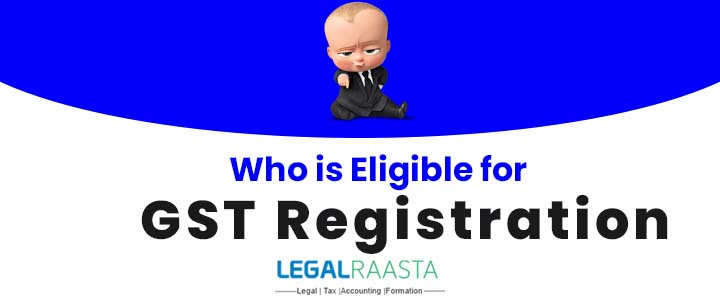Impact of GST on Insurance and Banking
Both the insurance and banking sectors are expected to become more expensive from July 1 due to a jump in post-GST rates to 18% from the existing 15%. The impact of the GST on insurance and banking will raise premiums, particularly for households who have health, life, and auto insurance.
GST on Insurance
Life Insurance & Health Insurance
- There are three different kinds of life insurance:
- Term insurance policies are the most basic kind of life insurance policy.
- ULIPs — a single integrated plan that combines insurance and investment.
- Endowments (including money-back) are life insurance policies that pay a lump sum or a fixed monthly amount at maturity or death (sort of like a pension)
Service tax rates vary depending on the type of insurance – for example, ICICI Prudential Life Insurance charges the following rates for service tax:
| Category | Service Tax With SBC And KKC | After GST |
| Term insurance premium | 15% | 18% |
| ULIP charges | 15% | 18% |
| Health insurance premium | 15% | 18% |
All of these rates will be replaced by 18 percent, resulting in a premium rise. The following is the value of the delivery of services in relation to the life insurance business:
a) The gross premium minus the amount allocated for investment or savings on behalf of the policyholder, if such amount is revealed to the policyholder, shall constitute the value of supply of services in relation to life insurance company.
For example,
| Particulars | Under Service Tax | Under GST |
| Gross Premium | 1000 | 1000 |
| Investment Portion | 600 | 600 |
| Life Insurance portion | 400 | 400 |
| Service tax @ 15% on 400 | 60 | —– |
| GST @18% on 400 | —– | 72 |
b) Single premium annuity policies: 10% of the premium is refundable.
c) In all other circumstances, the premium payable will be reduced by 25% for the first year and 12.5 percent for the second year and onwards.
| Gross Premium p.a. | 1000 |
| 1st Year | |
| 25% of the value | 250 |
| GST @18% on 250 | 62.50 |
| 2nd year | |
| 12.5% of the value | 125 |
| GST @18% on 125 | 22.50 |
d) If the entire premium is for life insurance, the GST rate of 18% shall be applied to the entire premium.
Due to the increase in rates, both existing and new policyholders will see an increase in premiums. The rise in taxes will be passed on to consumers through insurers. The increasing quantity of GST returns, as well as the effect of taxability of inter-branch services, are expected to increase compliance and administrative expenses for insurers.
General Insurance
Fire insurance, marine insurance, car insurance, and theft insurance are all examples of general insurance. General insurance would also be subject to the 18% GST rate.
Impact
The general insurance premium will increase for policyholders as the tax rate is raised from 15% to 18%. General insurance policyholders can claim an input tax credit for the GST they paid on their policies (it was available to them even under service tax). Life and health insurance policyholders will not be eligible for the input tax credit because it is not available for these types of policies (as they are for personal purposes). Input tax credits will not be available to business policyholders who provide group life and health insurance to their employees.
Government-sponsored life insurance is free from the GST:
- Janashree Bima Yojana (JBY)
- Aam Aadmi Bima Yojana (AABY)
- Life micro-insurance product as approved by the Insurance Regulatory and Development Authority, having the maximum cover of Rs. 50,000
- Varishtha Pension BimaYojana
- Pradhan Mantri Jeevan Jyoti BimaYojana
- Pradhan Mantri Jan Dhan Yogana
- Pradhan Mantri Vaya Vandan Yojana
- Any such state government insurance scheme that the Government of India may notify on the GSTC’s recommendation.
- The government provides life insurance to members of the Army, Navy, and Air Force.
Banking
Banking services are now subject to a 15% service tax, which will rise to 18% under the GST. Customers will pay more for banking services, just as they will for insurance if taxes rise. Most banks now impose transaction fees for cash withdrawals from various bank ATMs and cash withdrawals from branch locations (the first 5 for both are free). All of these are subject to a 15% service tax, which will rise to 18% under the GST scheme.
Banking Companies
The tax burden will be passed on to customers by banking institutions. Their administrative and compliance tasks, on the other hand, will be significantly increased. Branches provide each other with services that will be subject to GST (they can later claim input tax credit). As a result, the amount of paperwork will increase, as will the running costs. Consumers in the corporate world will be pleased with this news. They can now claim an input tax credit for banking services they have purchased for their company accounts.
Conclusion
Due to the increase in GST rates, all policyholders would have to pay higher insurance premiums. A typical family with life, health, and auto insurance will see a 3% increase in their insurance costs. If they spend Rs. 30,000 on insurance per year, excluding service tax, their costs will rise by 3% or Rs. 900.
Read, also: GST On Non-Banking Finance Companies (NBFCs) in India
Crucial Points to be Remember from The 43rd GST Council Meeting

